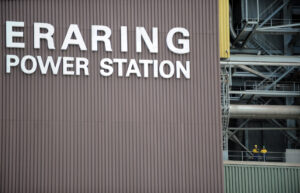The latest raise in the cash rate has meant interest rates have increased by more in 4 months than they have anytime since 1994.
This is expected to have a dramatic impact on the economy with the Governor of the Reserve Bank announcing that the RBA expects GDP growth in 2023 and 2024 to be just 1.75%.
Labour market and fiscal policy director, Greg Jericho, in his Guardian Australia column, notes that this would be the the first time since the 1990 recession that there have been 2 consecutive years of growth below 2%.
The steep rise in rates, and the prospect of more to come suggests that the Reserve Bank’s efforts to curb inflation are likely to come at a high cost for workers.
The past year has seen the biggest fall in real wages since the introduction of the GST and current estimates from the Treasury and the Reserve Bank suggest further falls to come until the end of next year. By that point real wages would be more than 5% below pre-pandemic levels – a truly disastrous result in what is supposedly a recovery period.
You might also like
Want to lift workers’ productivity? Let’s start with their bosses
Business representatives sit down today with government and others to talk about productivity. Who, according to those business representatives, will need to change the way they do things?
A smooth move or a tough transition? Protecting workers who’ll lose their jobs when the Eraring Power Station closes
The Centre for Future Work at The Australia Institute has urged the federal government to take charge of transitioning hundreds of workers into secure employment when the Eraring Power Station shuts down.
Go Home On Time Day 2025. As full timers disconnect, part timers are doing more unpaid overtime
New research by the Centre for Future Work at The Australia Institute has revealed a disturbing new twist when it comes to unpaid overtime in Australia.



